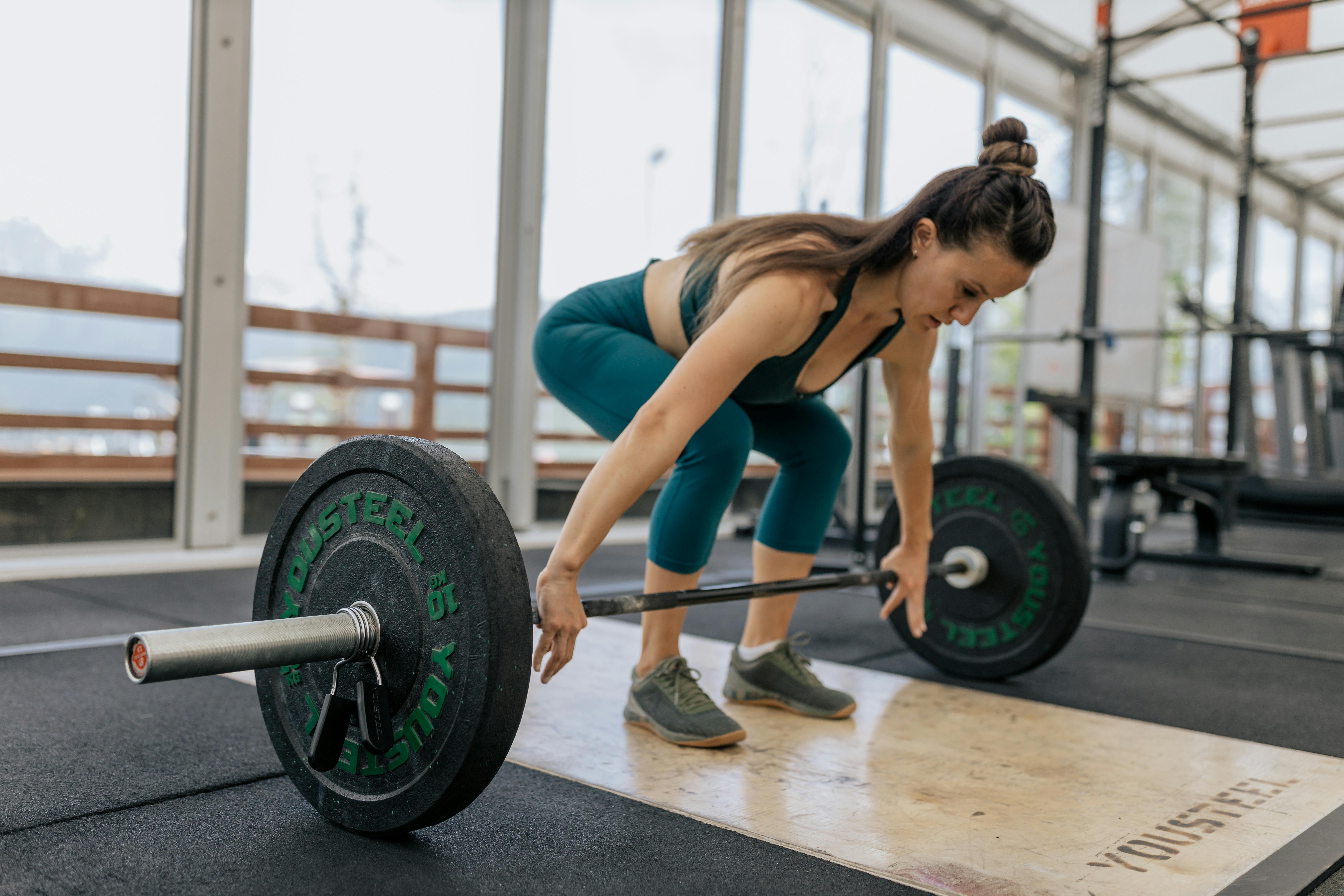Do you want more mass, power and muscle in your chest? This is how you get it
Adding shape and muscle to your chest means you develop your pecs to show well-defined muscle quality. If you’ve read some of my other articles on muscle definition, you know that there is a huge difference between undefined muscle quality and well-defined muscle quality. If you don’t understand this difference, first visualize the thick but shapeless “barrel chest” that comes from doing nothing but a barbell bench press to strengthen your chest. Then visualize dense, powerful, chiseled pecs with crisp separation of your abs, arms, and shoulders. This second image shows the well defined muscle quality that you must work to develop in your chest.
To achieve this goal, you must balance your chest workout with workouts that build pectoral muscle and mass. In other words, your chest workout should first include low-repetition, high-intensity workouts with heavy dumbbell bench press, incline dumbbell press, and weighted push-ups or parallel bar dips. When you are starting out, these exercises should include the foundation of your mass and strength development program. As you go, you should add heavy dumbbell jerseys and decrease the dumbbell bench press to your program. Pullovers will thicken your upper mid-chest while the decline bench press adds mass and power to your lower pecs.
To build a visible contour or shape on your chest, you should also do high-rep workouts with a relatively light weight (that is, weight that allows you to do 12-15 reps per set). You should do these high-rep workouts with flat bench dumbbell flys, incline dumbbell flys, and crossover cable or push-up flys. To improve the visible separation of your lower pecs from your abs, try doing high reps of incline pushups. You should also combine high rep training with your fundamental chest builders, namely your basic and incline dumbbell bench press, dips, and standard push-ups. While these high-rep workouts are essential for shaping your pecs and burning the calories needed to improve muscle definition, it takes more than weight training to build a truly “muscular” chest.
High-intensity interval training, which involves short bursts of high-energy aerobic activity, is essential for burning subcutaneous and intramuscular fat that produces a smooth or “barrel chest” appearance. Unlike boring, slow-paced cardiovascular exercises, which are generally limited to a single activity for an extended period of time, high-intensity interval training consists of multiple fast-paced exercises during a single aerobic workout.
For example, in a cardio session, you can alternately jog and run on a treadmill, walk on a climber, jump rope, and exercise bike or row. You can do all of this aerobic training in a 20 to 30 minute workout simply by limiting your time in each activity to short but intense intervals of about 5 to 10 minutes each. You can also vary the pace or intensity of each individual activity to create intervals for each exercise. To illustrate this point, let’s say you can only perform one type of cardiovascular exercise, such as running. You can still do interval training by simply mixing short sprints, longer sprints, and moderate distance runs in a single 20-30 minute training session. With interval cardio training, the possibilities for variety are endless. The only downside is that you can never use “boredom” as an excuse to skip your cardiovascular work.
The topic of “boredom” leads to a final but important point when it comes to adding mass, power and muscle to your chest, and that point is periodization! While your body may initially respond with muscle growth to a new chest workout, this reaction will not continue as your nervous system quickly adapts to a particular workout routine. When this happens, your progress slows down because your nervous system activates fewer and fewer muscle fibers with each successive training session that involves the same workout. At this point, muscle growth finally stops and the end result is boredom or frustration. The only way to avoid this problem is by varying your chest workouts.
Changing your workouts to avoid stagnation and to ensure continued progress is called “periodization.” In essence, periodization describes the planned and continuous variation of your workouts over a specific training period. As it applies to your chest workout, if you repeatedly do the same workout with the same combination and sequence of exercises, you will soon become bored and frustrated with your lack of progress. But if you periodize your training, you will continually challenge yourself with new workouts that force your chest to react with more size, better shape and greater power.
As with interval cardio training, you should never get bored with chest workouts or stop progressing due to the monotony of training. Training periodization is essential to the mental focus you need to enjoy the continued progress of your chest building efforts. So, train hard with balance and variety and you’re sure to add impressive mass, power, and musculature to your pecs.
